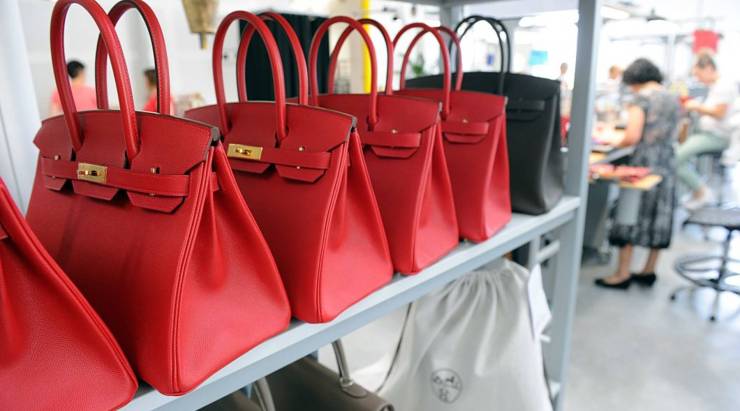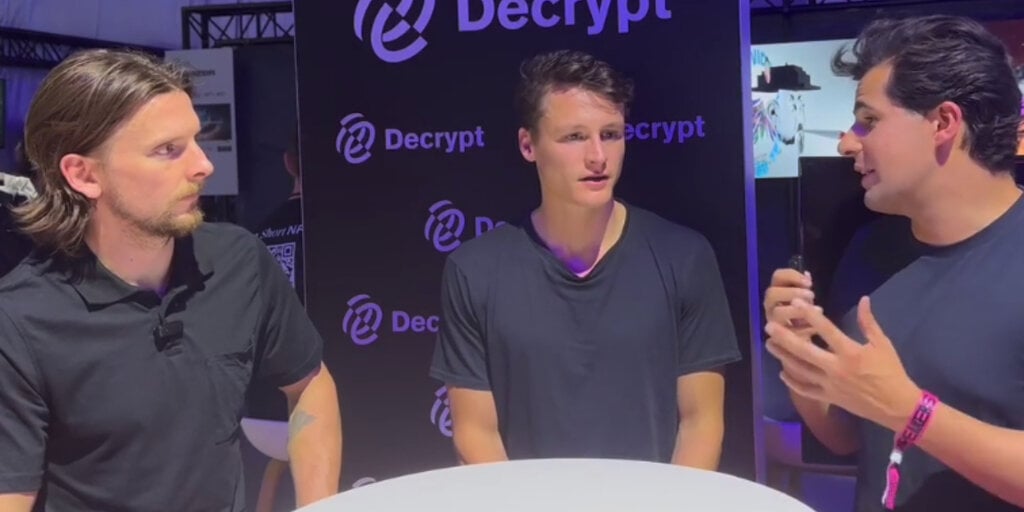The jury supports Hermès in the first NFT trademark trial


Art critic Blake Gopnik explains why he believes the jury came to the wrong conclusion.
MEHDI FEDOUACH/AFP/Getty Images
A US district court has ruled that digital artist Mason Rothschild’s non-fungible symbols of the fancy (and expensive) Birkin bag violated trademark rules.
The case in question is called the first NFT trademark lawsuit. You know, non-fungible tokens, those tricky certificates that say, “This is the original work.” The major luxury brand Hermès sued Rothschild alleging that his MetaBirkin NFTs, which depict the famous handbag made by Hermès, violated trademark law. Rothschild’s argument was that these are works of art, like Andy Warhol’s prints of Campbell’s soup cans, and are therefore protected by the First Amendment.
Blake Gopnik, an art critic who has written a book about Warhol and whose work appears in the New York Times, agreed with Rothschild and worked to help the defense. Marketplace’s David Brancaccio spoke with Gopnik about the matter. The following is an edited transcript of their conversation.
David Brancaccio: When you look at the image, firstly, you are not just seeing a Hermès designer Birkin bag, it has been altered by the artists. That’s something people need to understand.
Blake Gopnik: Yes, it looks almost nothing like any real Birkin bag. It is covered in some color of fake fur. And Birkin bags are all about, you know, high-class simplicity, and this thing is, boy, not high-class by any means. There is clearly some kind of joke about Birkin bags.
Brancaccio: There is a test for some of this called the “Rogers Test”, which allows artists to use trademarked things in their works as long as they qualify as art. And that was another part of this, they’re not expressly trying to confuse consumers. But then there is the question of what qualifies as art, and you and the art critic were not allowed to testify.
Gopnik: Yeah, you know, it seems pretty clear to me that these things are right in the middle of the Warholian tradition in art. They comment on the world of goods. That’s what artists have been doing since Andy Warhol in the early 1960s anyway. It’s obvious to me. If he had wanted to really confuse buyers, he wouldn’t have covered the Birkin bags and fake fur. He wanted to make them as JPEGs anyway, right? These are not bags, these are pictures of bags. And artists make pictures of things.
Brancaccio: Now Blake, I have to bring it up because you’ve been appearing on this show for months since you were deeply skeptical of the art behind many of these non-fungible tokens, these digital assets known as NFTs.
Gopnik: You know, I’m not at all skeptical of the art behind them. They are just pictures, like any other picture. You know, Mason Rothschild sold JPEGs. I’m just skeptical of the fact that these NFTs, related to the art, mean anything. And one of the things that Hermès argued in this case was that they weren’t really objecting to the digital images, they were objecting to the NFTs. Now, that’s kind of weird because NFTs don’t mean anything unless they’re tied to something.
Brancaccio: Alright, so now the verdict is out. And your husband, the artist, Mason Rothschild has lost, yes.
Gopnik: Yes, I’m devastated about it. I think it’s a terrible decision, but I imagine this case will be appealed. And I just can’t imagine that when it goes to appeal, which after all doesn’t involve a jury, it’s a bunch of judges making the decision. I can’t imagine they won’t overturn this. It really seems a bit open and closed that this is art and artists are allowed to make art about whatever they want.






















